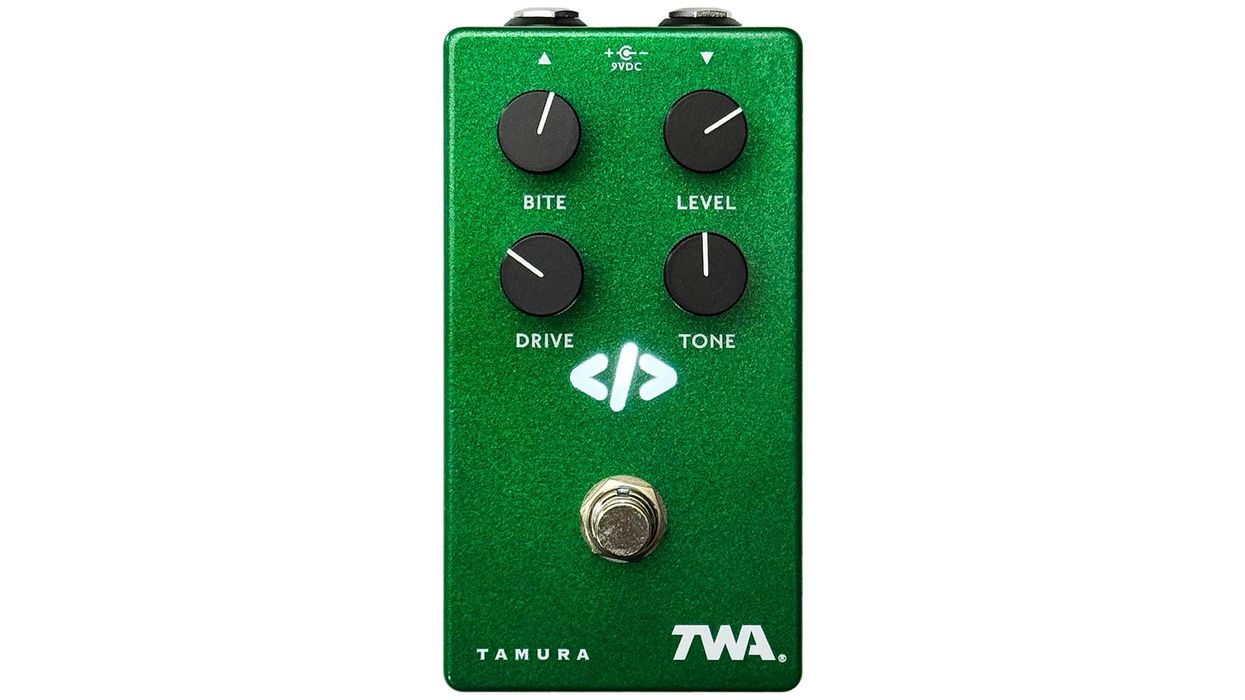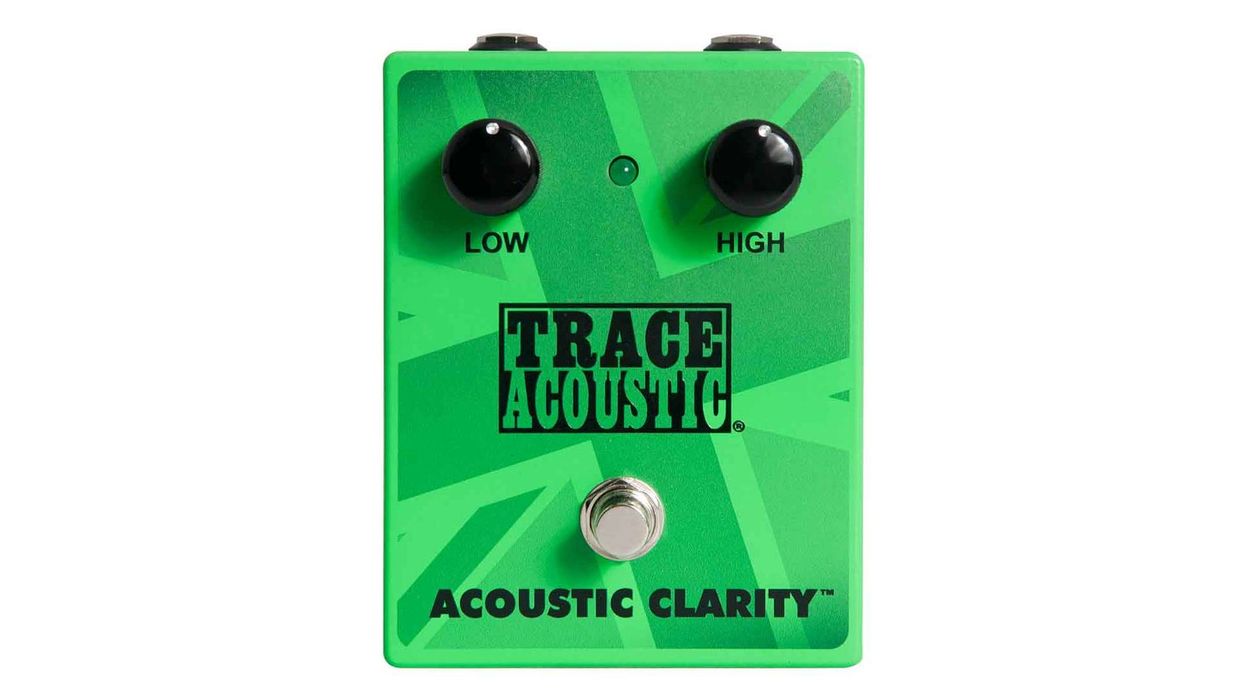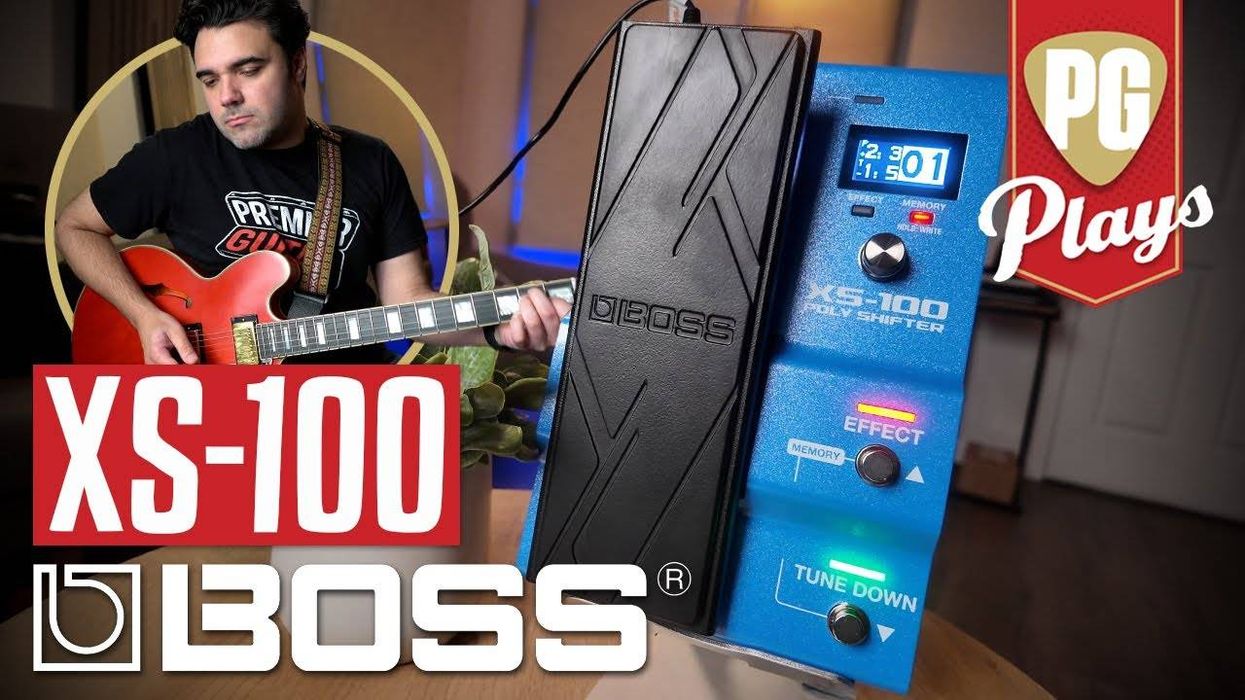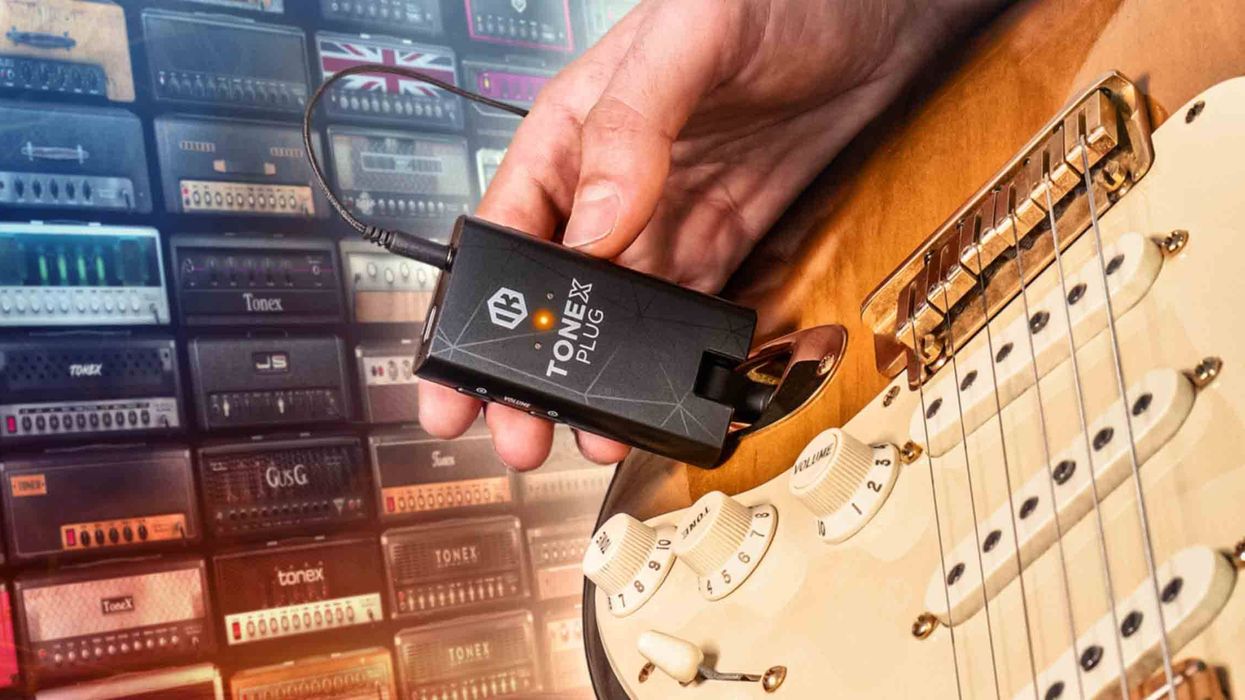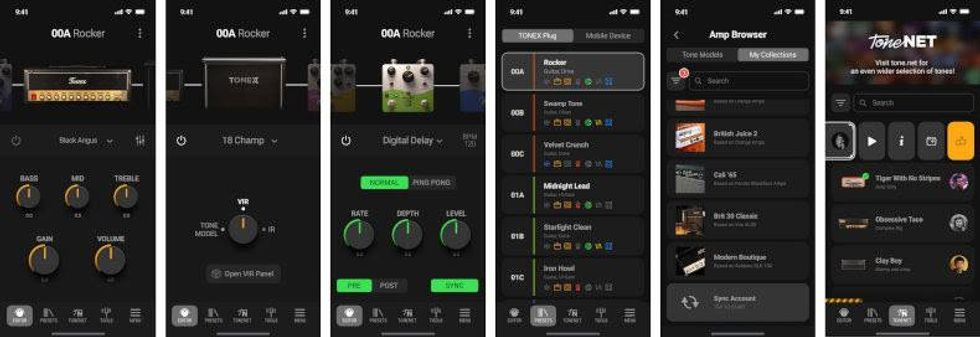 The Hughes & Kettner Switchblade is marketed as a practical solution to the gigging musicians’ problem of needing a wide variety of tones from the same amp. This month I stepped into the PG review chamber and put the versatile Switchblade through its paces.
The Hughes & Kettner Switchblade is marketed as a practical solution to the gigging musicians’ problem of needing a wide variety of tones from the same amp. This month I stepped into the PG review chamber and put the versatile Switchblade through its paces. The Channels
The Switchblade features four channels – clean, crunch, lead and ultra. Starting with the clean channel, I discovered that it was rather versatile; by altering the gain and tone controls, you can produce most popular types of “clean,” from Fender roundness to Vox brightness, both with the appropriate midrange. I also found the tone controls to be wide-ranging and capable of the most sought-after tones, from scooped to huge mids, and they were equally effective on all channels. The crunch channel produced tight, crunchy, slightly overdriven tones for a classic rock rhythm and lead sound. When I switched over to the lead channel, it was apparent that nothing was lacking. It has all the gain you’ll need for the newer, “gainier” lead and rhythm tones. As I mentioned a moment ago, with the Switchblade’s good tone controls, you can obtain sustaining, harmonic-filled tones.
The ultra channel is exactly as it states; there’s tons of gain on tap here, and the Switchblade still remains tight on the low end for the lower tuned guitarist. I also noticed in this channel that the tone controls seemed to be voiced a bit differently, but this could have been due to the increased gain structure.
The presence control – as usual – seemed to work in the output stage, but the cool factor here is increased by the fact that you can store the setting, along with all of the other settings, on the amp. This means that you can literally choose a channel, set the gain and tone, add the effects, set the volumes and hit store. Your sound is then held in memory for posterity. You could have two of the same sounds at different volume levels to turn up for solos, for example.
The Effects
The Switchblade, in its quest to satisfy the working musicians’ needs, includes three independent digital-effects processors, including reverb, delay, and modulation (chorus, flanger, and tremolo). The reverb is pleasing and seems very smooth without the breathing or pulsing sound I sometimes hear with other modern units. The delay is respectable, sounding a bit analog, which is smoother than the exact replication of delays produced by digital models. The tap tempo could be accessed from the included footpedal as well.
The flanger is quite intense and did sound a bit more digital than some pedals, and was more reminiscent of other rack type processors. The tremolo was not of the vintage type, and in fact sounded a bit like a Univibe or phaser. It was a cool effect and the vintage Fender tremolo sound isn’t for everybody anyway. The chorus is sparkling and fairly solid, compared to what you would get from a pedal unit.
Of course all these capabilities can be controlled by MIDI. Switching was fast and noiseless. The amp features an effect loop on the rear panel that can be run in series or parallel, which is selected on the front panel. This loop feature can be stored along with the presets as well. The loop also has a +4 /-10 db selector, so you can properly use any effect from the simplest pedal to the highest tech rack unit.

The Power
Power for this amp is provided by a quartet of EL34B tubes and two 12AX7 types. I was pleased to see that they had used a matched rated quad of power tubes here instead of just putting in four tubes. My only question is that if the unit has four power tubes and uses one of the 12AX7 tubes for the phase inverter, that leaves only one 12AX7 for the preamp. The manufacturer says that the preamp tube that is shared by each channel does have some solid-state circuitry before the tube to drive each channel’s unique “boost” mode. I have seen this configuration before and would question the all-tube claims made by the builder. Many manufacturers today claim that they get complete analog tone out of this setup and it is not a new idea, but there are some solid state devices that pass the signal.
Nevertheless, it does sound very good. As far as build quality, we do see plastic corners and circuit board mounted jacks, but one must remember that this amp only has a retail price of $1999, which is very competitive in today’s amp market. I saw nothing that I thought would be a problem for the gigging musician with normal care and handling. All in all, this amp is an extremely practical and useful musical tool.
| Rating... | ||
| Tone... | ||
| Craftsmanship... | ||
| Features... | ||
| Value... | ||
| Overall... | ||
Hughes & Kettner
MSRP $1999.00
hughes-and-kettner.com

